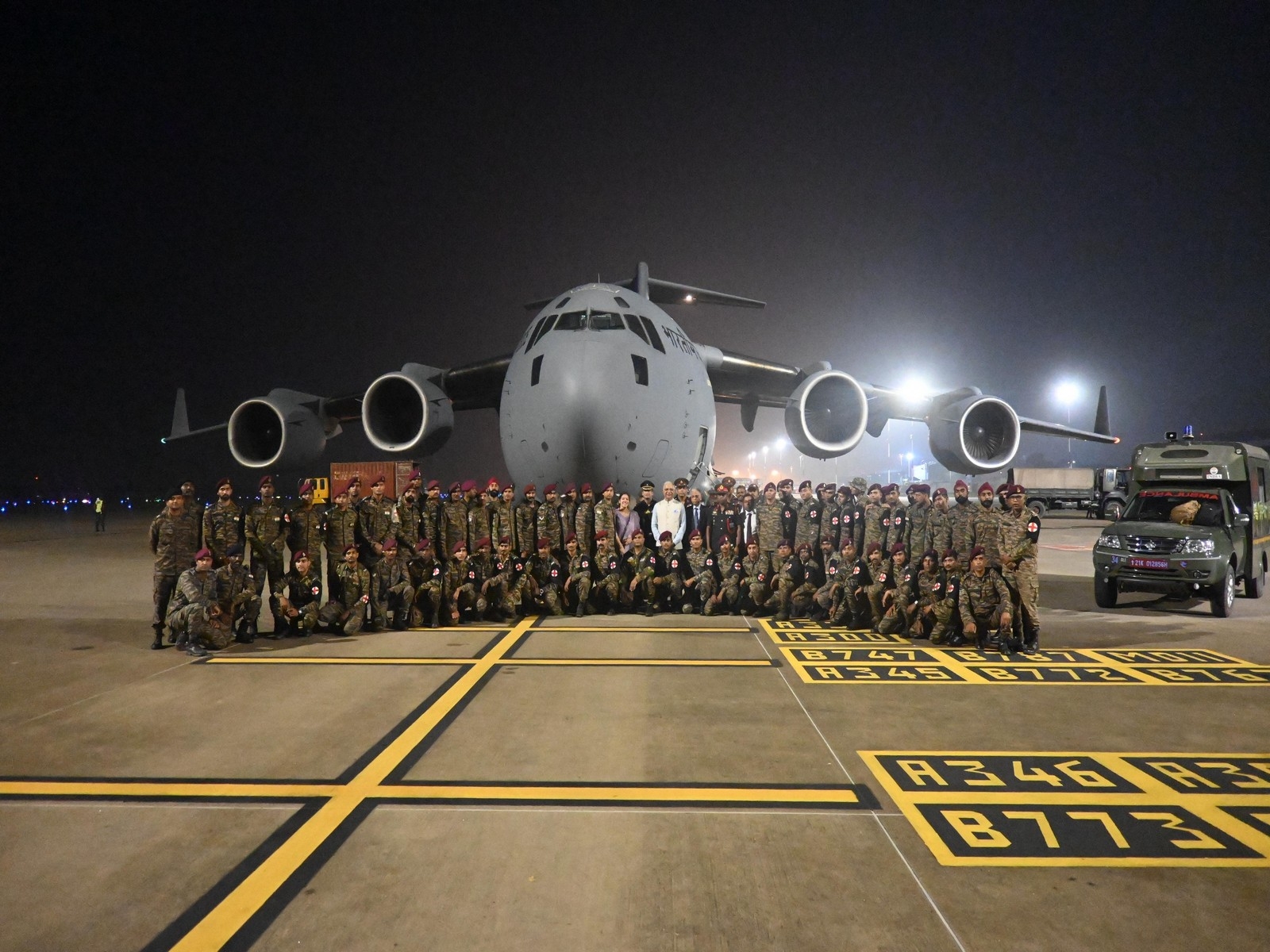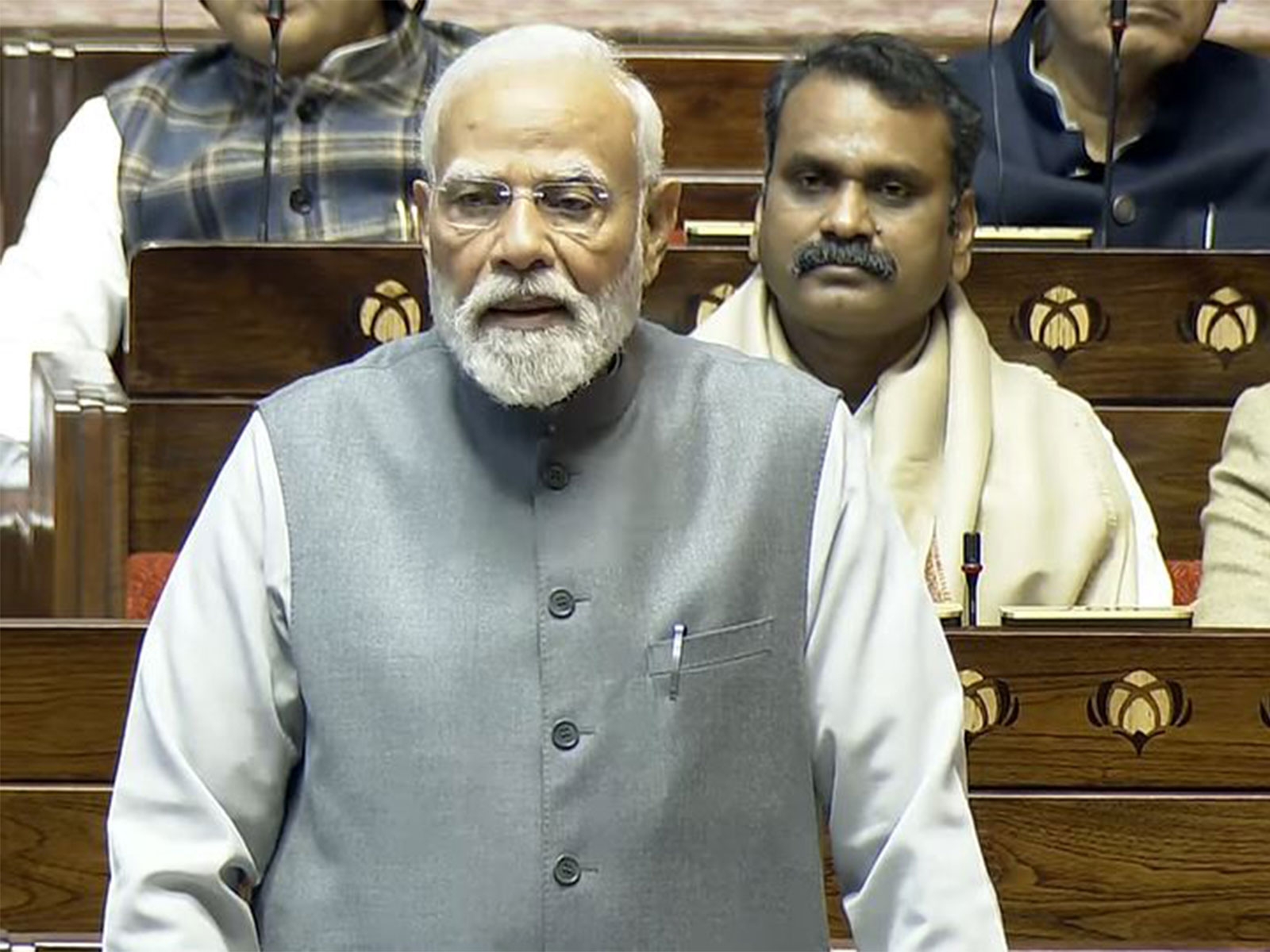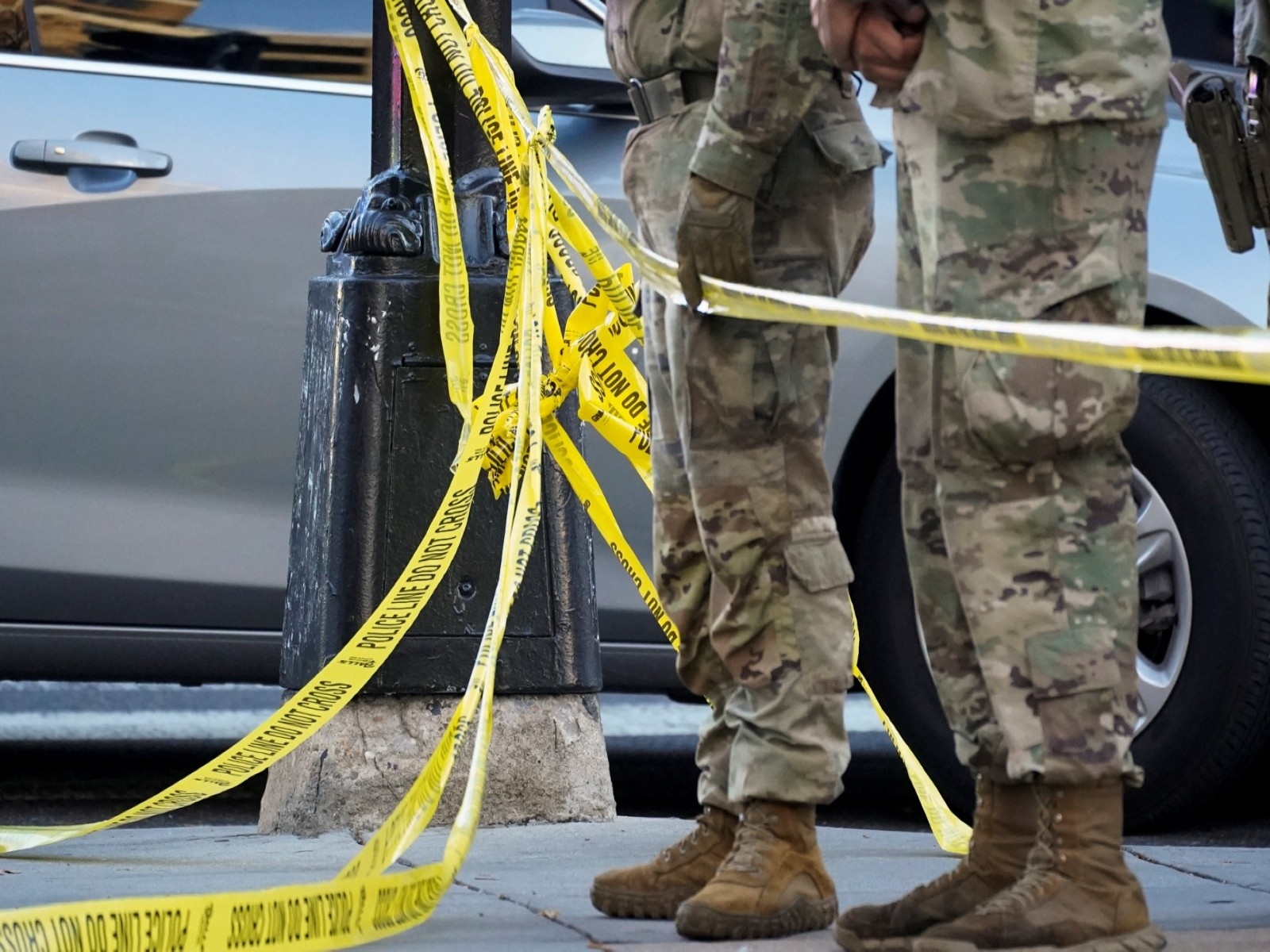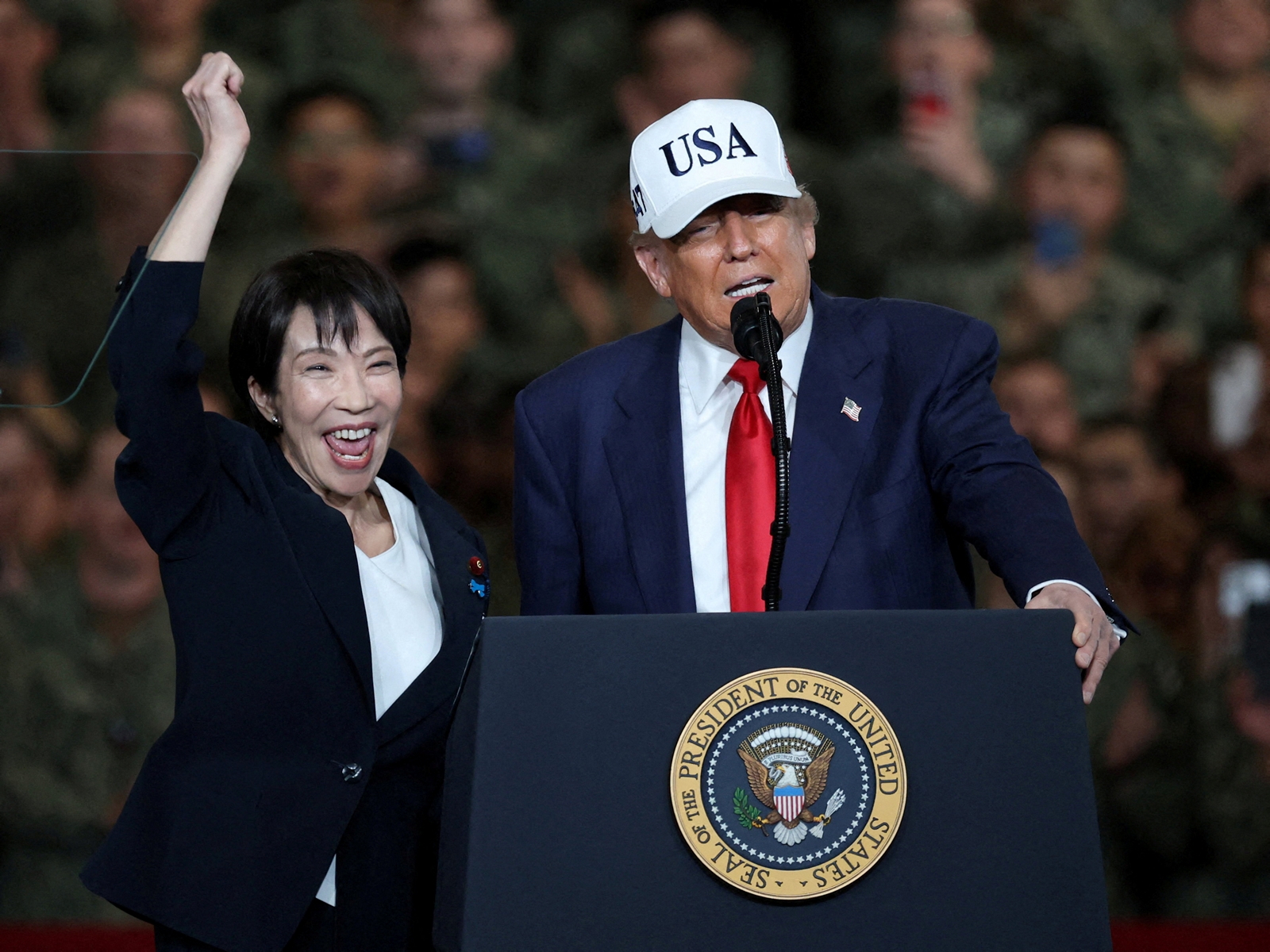In pictures: The Wall of Truth, a memorial for victims of 1984 anti-Sikh riots
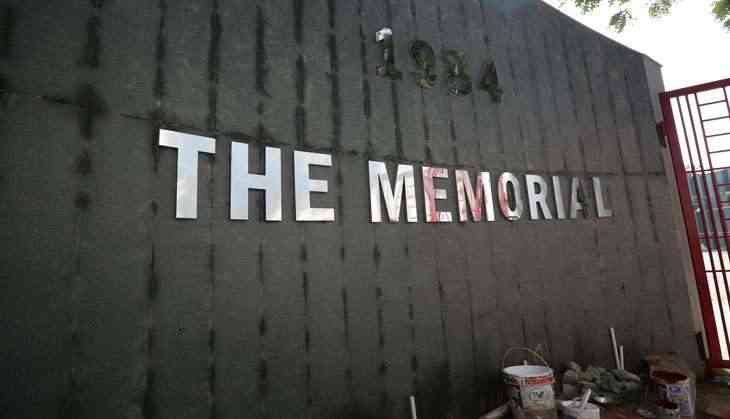
The premises of the Rakabganj Gurudwara near Parliament House has been the scene of construction for quite some time now. The construction, which will soon be completed, is a memorial to the Sikhs killed in the 1984 anti-Sikh riots. Once inaugurated, it will be the first Sikh memorial in the country.
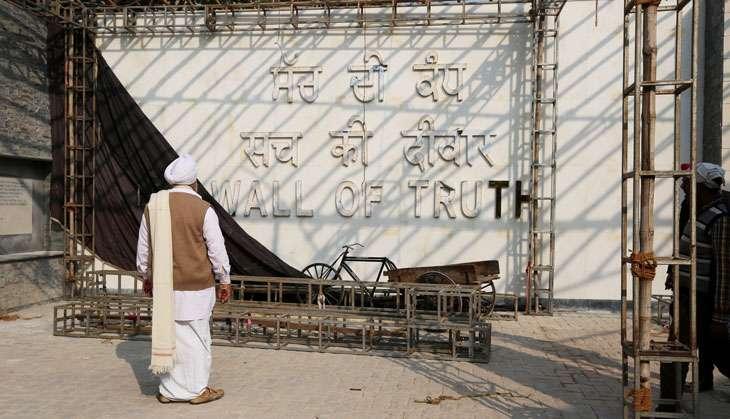
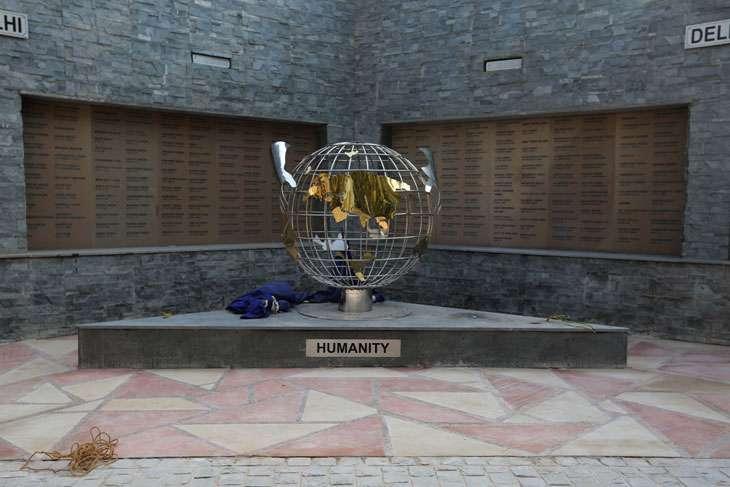
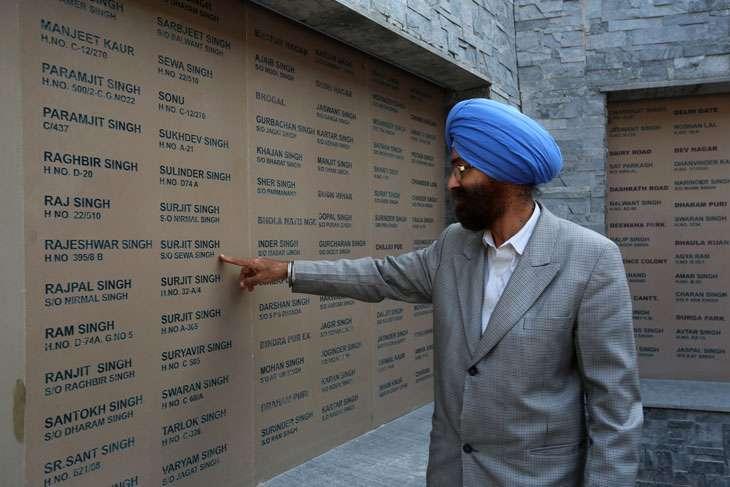
Called 'The Wall of Truth', the memorial is a tribute to the innocent members of the Sikh community who were killed during the 1984 anti-Sikh riots in which over 3,000 Sikhs were killed following the assassination of Indira Gandhi on 31st October, 1984.
"He is my relative. He was also killed during riots", says Inderjeet Singh pointing towards the wall.
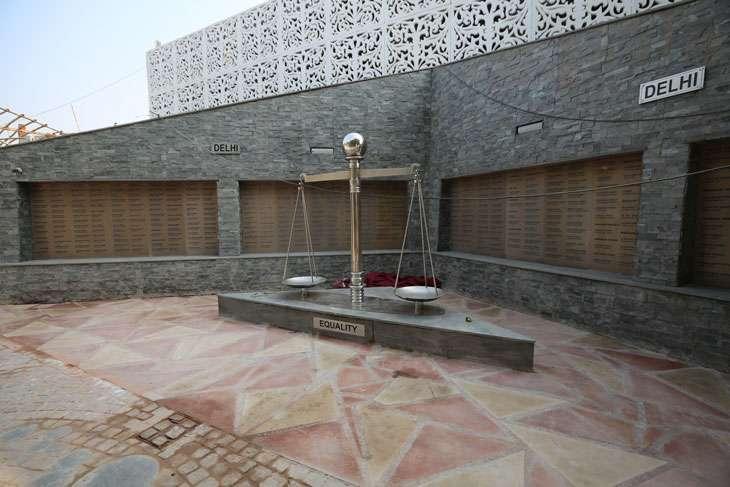
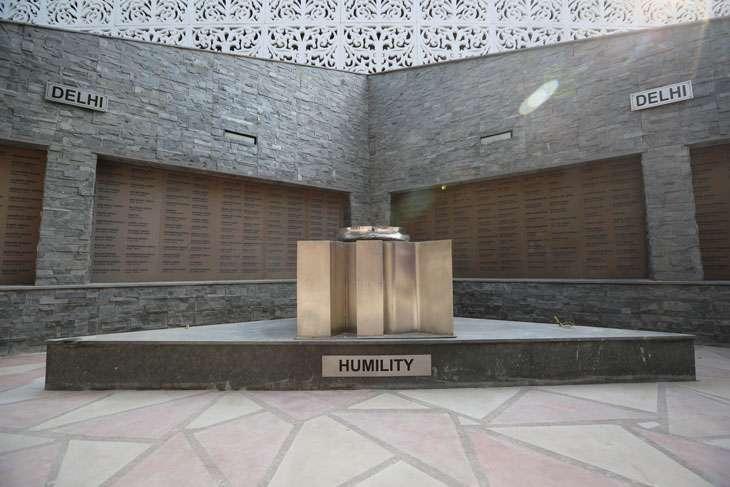
The decision to construct the memorial in the first place was taken in 2013 after Congress leader Sajjan Kumar, one of those accused in the 1984 riots, was acquitted by the court.
"The wall is constructed in a zigzag manner giving a scene of narrow streets where Sikhs were slaughtered. The Wall of Truth with a white background depicts that truth prevails and justice is yet to come. Around 3,000 people were killed and more names are coming from Delhi and other parts of India" said Tanvant Singh, Chairman, Delhi Sikh Gurudwara Management Committee.
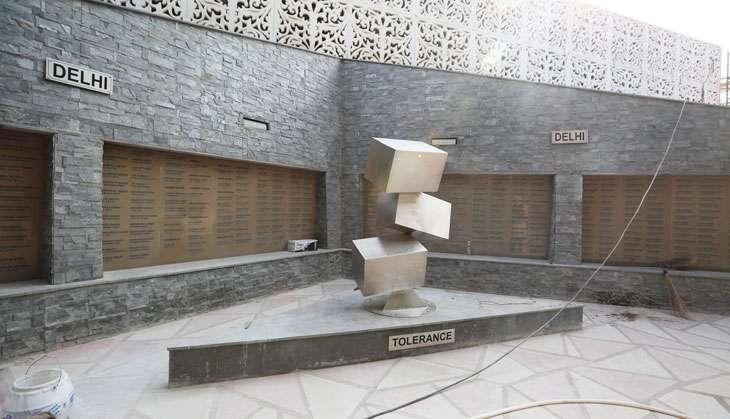
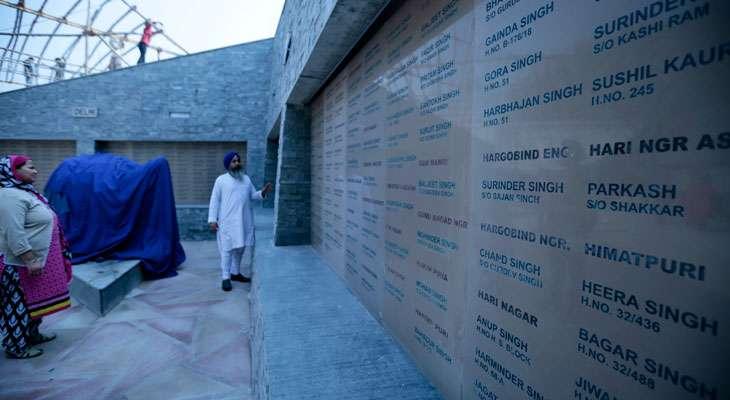
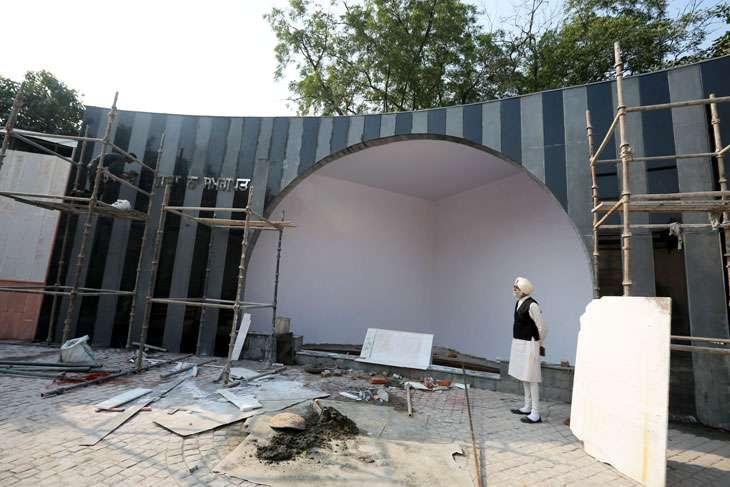

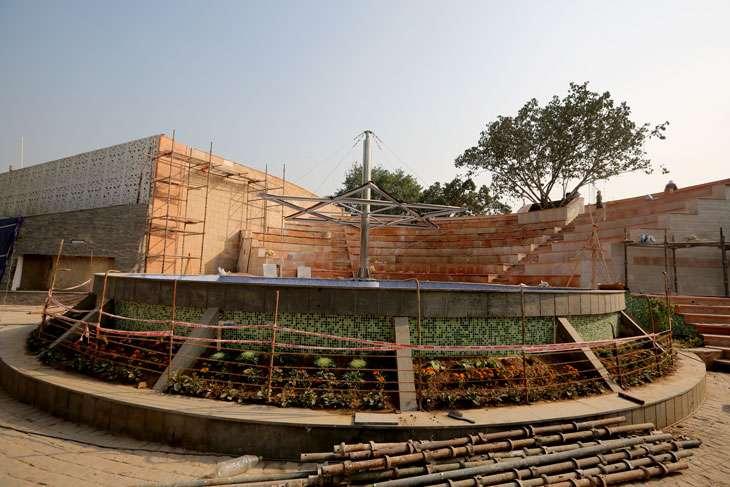
The memorial also has four sculptures - humanity, equality, humility and tolerance, each having their own significance.
A huge fountain is also part of the memorial which will have laser lights that seemingly touch the sky. "Lights used in the fountain will go on a height that people can see outside, in remembrance of martyrs. We have also used anti-corrosive paint in steel, so this memorial will remain like this for approximately 300 years", says Singh.
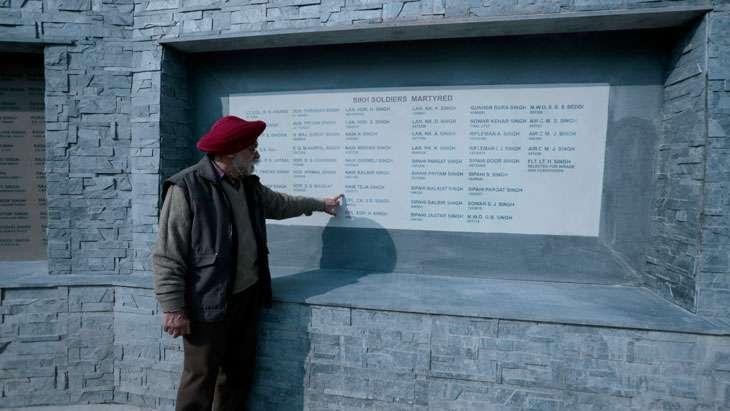
There are 3000 names engraved, including names of soldiers who were killed in trains during the riots. The wall also has the names of two Hindus of Delhi and a Muslim woman from Kanpur who were killed by the perpetrators for their protection of Sikhs during riots. "During the riots, Ayesha Khatoon tried to save her neighbours and they killed her by slitting her throat," says Singh of the Muslim woman from Kanpur who died trying to help her Sikh neighbours.
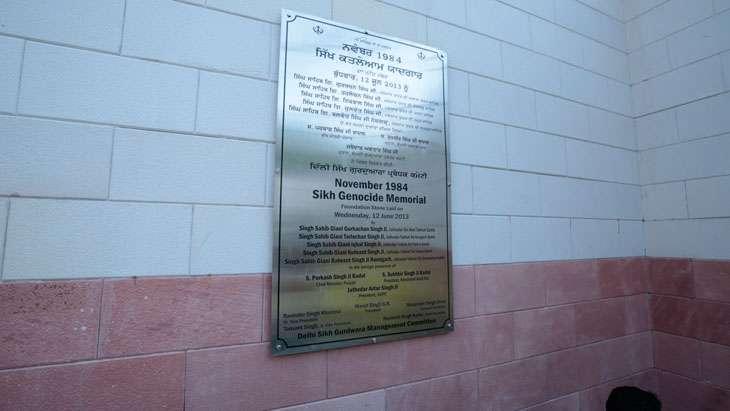

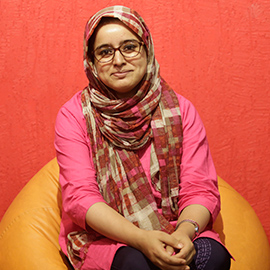
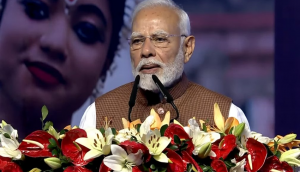



![BJP's Kapil Mishra recreates Shankar Mahadevan’s ‘Breathless’ song to highlight Delhi pollution [WATCH] BJP's Kapil Mishra recreates Shankar Mahadevan’s ‘Breathless’ song to highlight Delhi pollution [WATCH]](https://images.catchnews.com/upload/2022/11/03/kapil-mishra_240884_300x172.png)

![Anupam Kher shares pictures of his toned body on 67th birthday [MUST SEE] Anupam Kher shares pictures of his toned body on 67th birthday [MUST SEE]](https://images.catchnews.com/upload/2022/03/07/Anupam_kher_231145_300x172.jpg)


